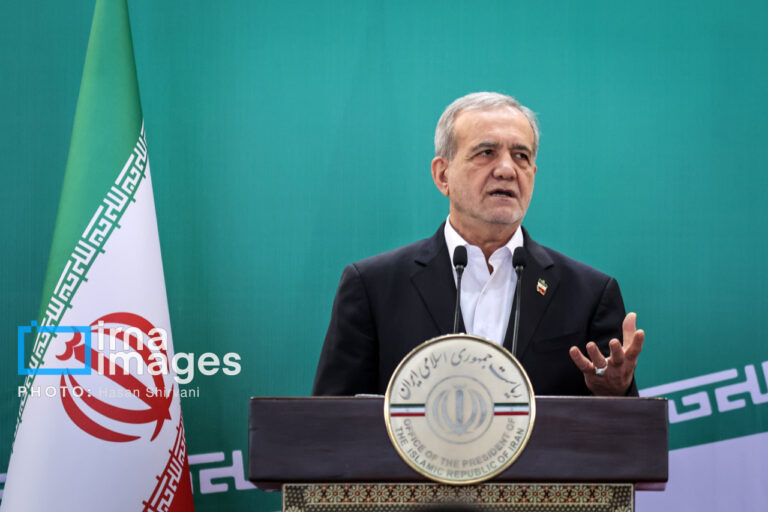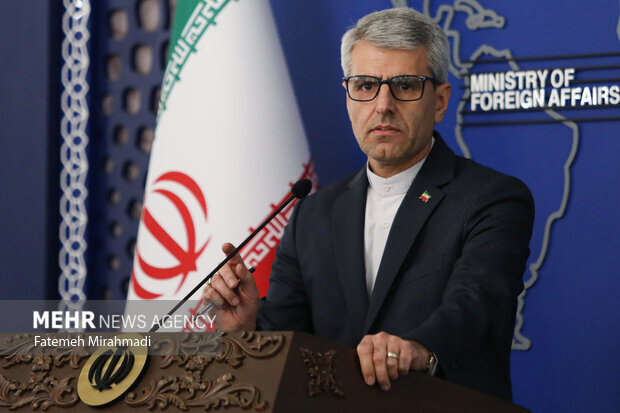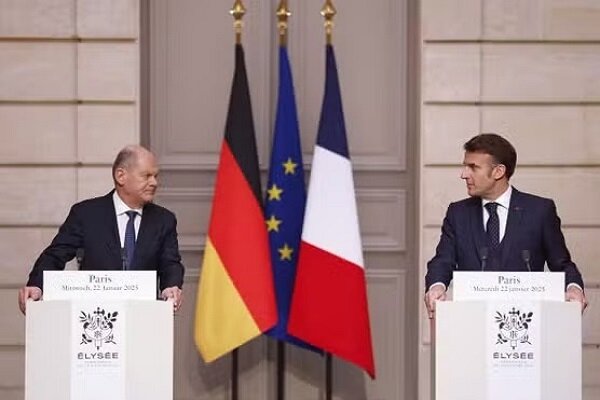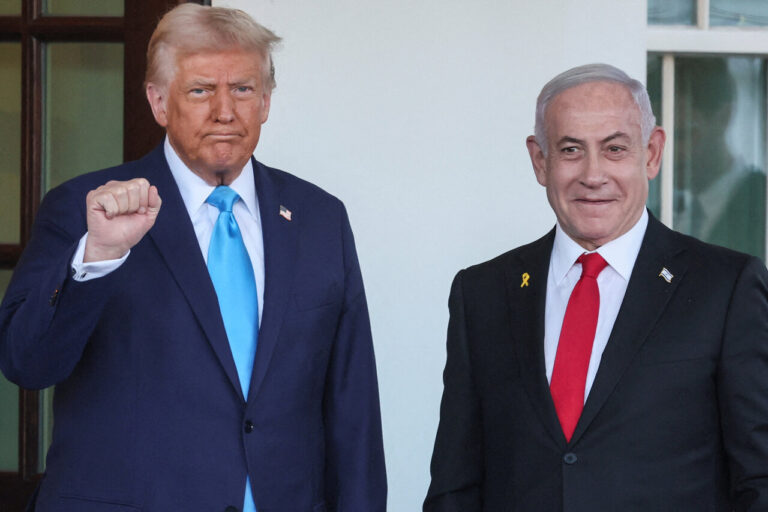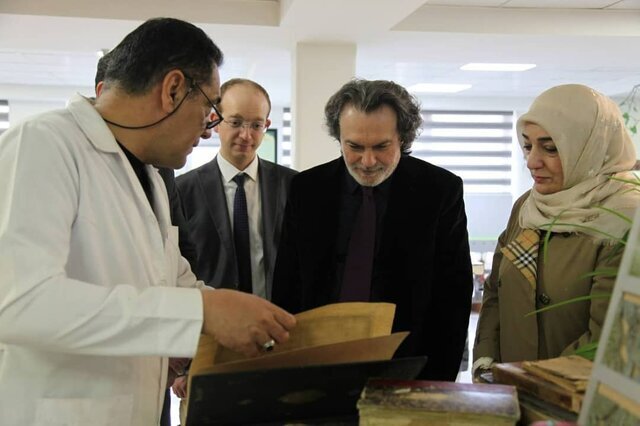Iran’s Economy: Beyond Trump Headlines, Unraveling Deeper Challenges
Tehran’s Economy Faces Uncertainty Amid Washington’s Influence
In recent discussions among economic commentators in Tehran, there is a growing concern that Iran’s economy has become overly reliant on developments from Washington. This dependency has led to significant market reactions, even in response to personnel changes within the US president’s inner circle. Experts assert that Iran’s official strategy for revitalizing its struggling economy must extend beyond mere negotiations with the US and must address the fundamental issues plaguing the nation.
“The reality is that our economy reacts intensely to political developments,” noted Kamal Seyyed-Ali, a former deputy of the central bank, during a press conference in Tehran. He elaborated that if the threat of full-scale war arises again, the value of the dollar will likely soar to unprecedented levels.
Seyyed-Ali highlighted a notable incident in March when the dollar-to-rial exchange rate surged to a staggering 1.05 million after former President Donald Trump hinted at possible military action if Tehran failed to engage in negotiations.
Key observations from Seyyed-Ali and other analysts include:
- The dollar rate decreased when diplomatic talks were initiated in Oman.
- However, the rate subsequently increased when negotiations reached a standstill.
- This pattern indicates that economic expectations in Iran are closely linked to political news.
Both policymakers and market players seem to operate under the assumption that Iran’s economic fate is closely tied to diplomacy with Washington. This notion was echoed in a recent editorial by the hardline daily Kayhan, which criticized the government’s economic strategy. The publication questioned, “What is the government doing besides negotiating with the United States?” It contended that while diplomacy is essential, it should serve as a tool for enhancing economic performance rather than as a substitute for necessary internal reforms.
Inflated expectations for recovery following a potential deal have obscured significant structural issues within the Iranian economy, including:
- A banking system in crisis
- Outdated industrial practices
- Underinvestment in agriculture
- Widespread dysfunction in pensions and public services
Adding to the challenges, frequent blackouts due to power shortages have disrupted essential services, impacting everything from water distribution to digital connectivity. This has resulted in rising prices in housing, transportation, and healthcare.
Abbas Aliabadi, Iran’s Energy Minister, acknowledged in April that the country’s power plants can only generate 65,000 megawatts, while the annual demand exceeds 85,000 megawatts. This has created a vicious cycle: water shortages hinder power generation, while power outages prevent effective water distribution.
Citizens have increasingly expressed their frustrations through Persian-language media outlets abroad. Callers to Iran International have reported that power outages in major cities are affecting phone signals, Internet access, and even the availability of clean water.
The latest round of US sanctions has specifically targeted the petrochemical sector, which is already grappling with multi-billion-dollar corruption scandals. Although the judiciary has acknowledged these issues, many cases remain unresolved, leading critics to argue that this reflects a culture of impunity and systemic failure within the government.
Despite facing poor growth and repeated economic shocks—such as a 1.6% contraction in industrial output reported in January—officials continue to attribute their challenges solely to sanctions. There is a reluctance among those in power to recognize the extent of mismanagement. Instead, each government tends to blame its predecessor, evading accountability as public frustration continues to rise.
Economists warn that even if sanctions are lifted, Iran’s crisis cannot be resolved through diplomacy alone. To achieve a sustainable recovery, the nation must confront its underlying issues, including corruption, dysfunction, and systemic decay. Without addressing these root causes, any potential recovery is likely to remain fragile, temporary, and heavily reliant on external factors.
In conclusion, as Tehran navigates its economic challenges, it is crucial for the government to develop a comprehensive strategy that transcends mere negotiations with Washington. By prioritizing internal reforms and addressing structural deficiencies, Iran can work towards a more resilient economy that is less susceptible to external political dynamics.

